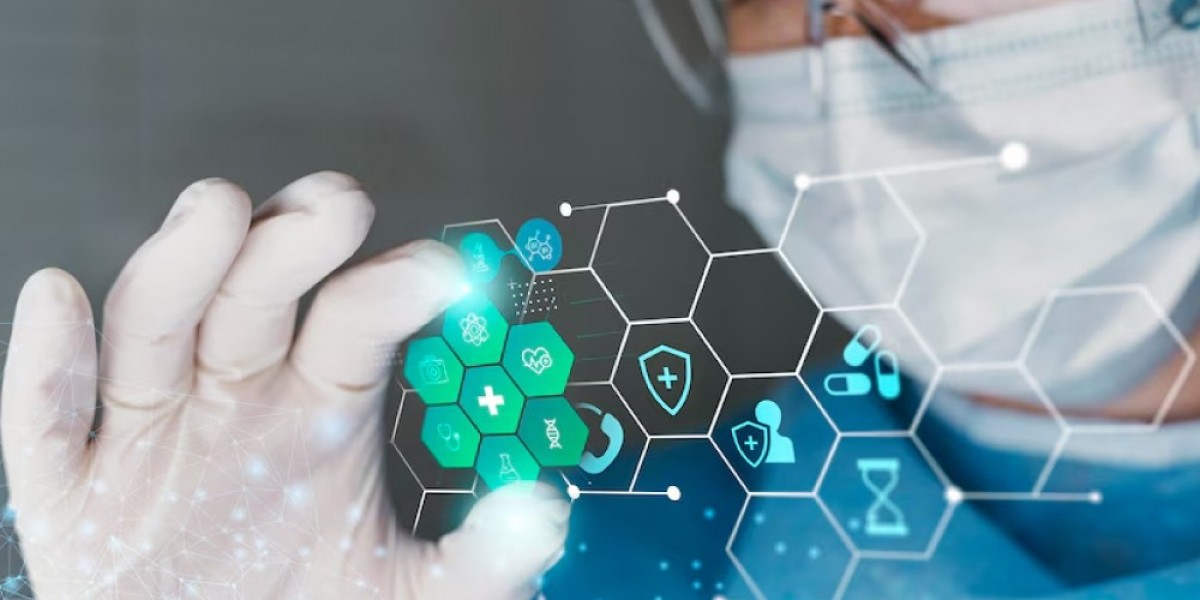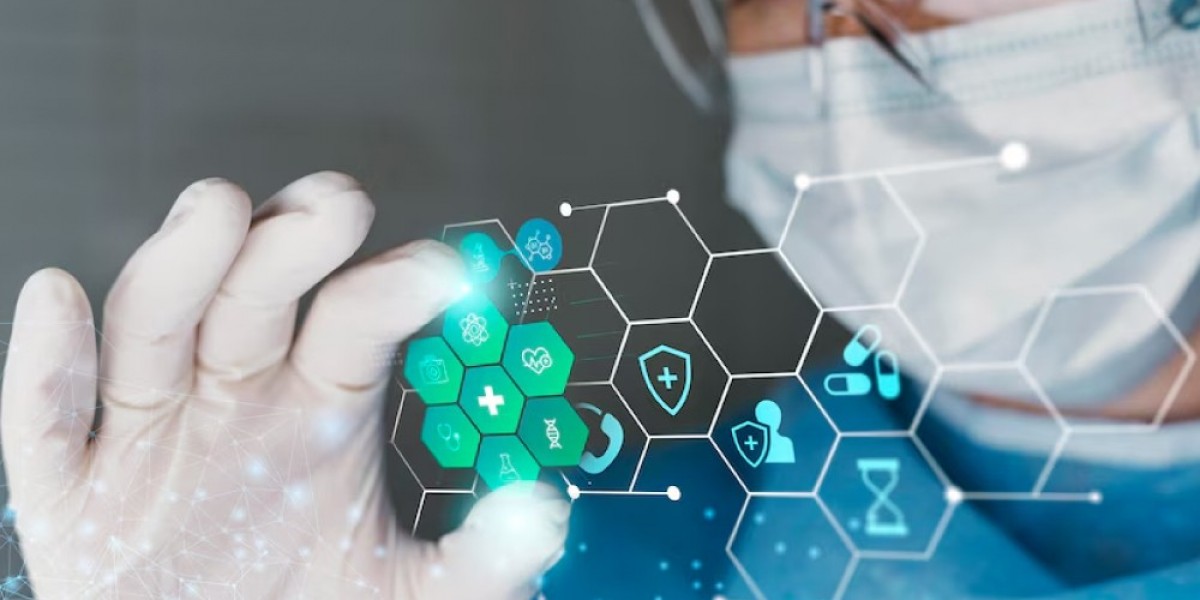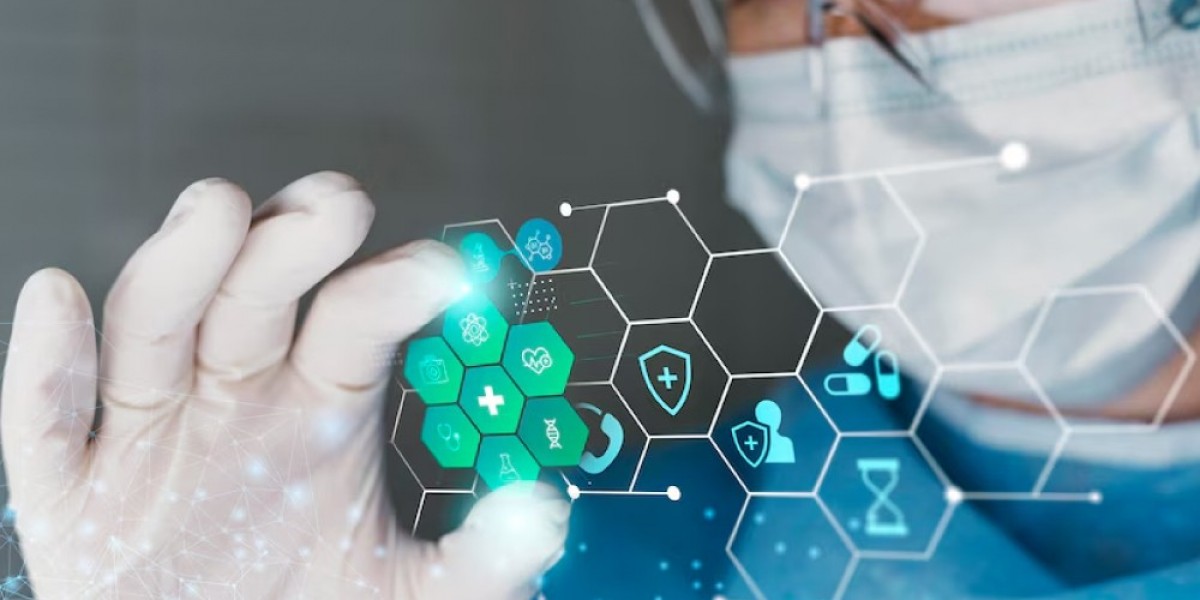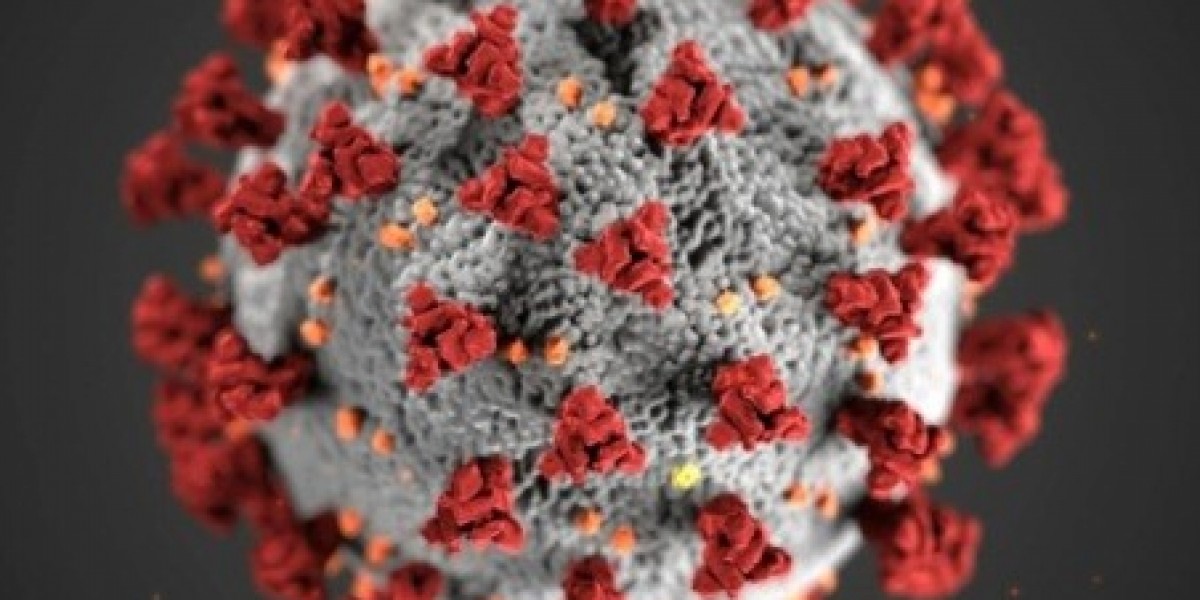Let’s take a moment to think about what heart care used to look like. Just a decade ago, getting an ECG (electrocardiogram) meant lying down with cold, sticky electrodes attached to your chest, arms, and legs—tethered to a machine via a maze of wires. For many, especially older patients or those with chronic heart conditions, this process was inconvenient and, let’s face it, intimidating. But as we step further into 2025, the face of cardiology is changing—rapidly and smartly.
Welcome to the age of wireless cardiology electrodes.
These compact, flexible, and intelligent patches are quietly making waves in how we monitor hearts across the world. Whether you're living in an urban metropolis or a rural village, this technology is bridging gaps and saving lives in real-time.
? Why the Shift Toward Wireless?
The pandemic years taught the healthcare world a lesson: remote monitoring isn’t a luxury—it’s a necessity. As hospital systems were overwhelmed, and people grew more conscious about visiting clinics, the demand for home-based diagnostic tools soared. Cardiology, being a critical yet often ongoing condition, became a key area of innovation.
Traditional electrodes were limited by:
Wires that restrict movement
Manual data extraction
Frequent hospital visits
Adhesion issues, especially for long-term use
Wireless ECG electrodes, however, eliminate these hurdles. They’re designed to collect, analyze, and transmit data seamlessly—often in real-time—to cardiologists via cloud platforms.
? What’s Inside a Smart Electrode?
At first glance, they might look like simple adhesive patches. But inside, it’s a different story. These smart electrodes typically include:
Flexible biosensors that monitor heart rhythms
Bluetooth or Wi-Fi modules to send data wirelessly
Rechargeable or long-life batteries
Companion mobile apps for patients and clinicians
Most importantly, some systems now incorporate machine learning algorithms that can detect early signs of arrhythmia, atrial fibrillation, or even impending cardiac episodes—long before a patient may feel symptoms.
? A Day in the Life: Patient Perspective
Imagine Meera, a 68-year-old woman living alone in Pune with a history of heart palpitations. Instead of visiting the hospital weekly, she wears a small, wireless ECG patch on her chest. It syncs with her phone and continuously streams her heart data to her doctor. If anything abnormal arises, she gets a call. If all is well, she gets peace of mind. And she can even take her evening walk in the park—without worrying about being "plugged in."
? Global Impact: Rural and Underserved Populations
Wireless cardiology electrodes are proving particularly transformative in remote and underserved regions. NGOs and rural health outreach programs are using these devices for large-scale heart screenings in areas with limited medical infrastructure.
Data can be transmitted via mobile networks to urban hospitals, where specialists analyze reports and send recommendations back—all without the patient leaving their village. This is no longer science fiction—it’s happening now.
⚖️ The Challenges Ahead
While the potential is massive, this shift isn’t without its bumps.
Cost: High-tech electrodes can still be expensive, limiting access for some.
Data security: As health data moves online, privacy concerns become central.
Regulatory approvals: Varying guidelines across countries can delay adoption.
But with advancements in wearable tech and miniaturization, prices are expected to fall, and security protocols are getting stronger every year.
Browse More Reports:
Let’s take a moment to think about what heart care used to look like. Just a decade ago, getting an ECG (electrocardiogram) meant lying down with cold, sticky electrodes attached to your chest, arms, and legs—tethered to a machine via a maze of wires. For many, especially older patients or those with chronic heart conditions, this process was inconvenient and, let’s face it, intimidating. But as we step further into 2025, the face of cardiology is changing—rapidly and smartly.
Welcome to the age of wireless cardiology electrodes.
These compact, flexible, and intelligent patches are quietly making waves in how we monitor hearts across the world. Whether you're living in an urban metropolis or a rural village, this technology is bridging gaps and saving lives in real-time.
? Why the Shift Toward Wireless?
The pandemic years taught the healthcare world a lesson: remote monitoring isn’t a luxury—it’s a necessity. As hospital systems were overwhelmed, and people grew more conscious about visiting clinics, the demand for home-based diagnostic tools soared. Cardiology, being a critical yet often ongoing condition, became a key area of innovation.
Traditional electrodes were limited by:
Wires that restrict movement
Manual data extraction
Frequent hospital visits
Adhesion issues, especially for long-term use
Wireless ECG electrodes, however, eliminate these hurdles. They’re designed to collect, analyze, and transmit data seamlessly—often in real-time—to cardiologists via cloud platforms.
? What’s Inside a Smart Electrode?
At first glance, they might look like simple adhesive patches. But inside, it’s a different story. These smart electrodes typically include:
Flexible biosensors that monitor heart rhythms
Bluetooth or Wi-Fi modules to send data wirelessly
Rechargeable or long-life batteries
Companion mobile apps for patients and clinicians
Most importantly, some systems now incorporate machine learning algorithms that can detect early signs of arrhythmia, atrial fibrillation, or even impending cardiac episodes—long before a patient may feel symptoms.
? A Day in the Life: Patient Perspective
Imagine Meera, a 68-year-old woman living alone in Pune with a history of heart palpitations. Instead of visiting the hospital weekly, she wears a small, wireless ECG patch on her chest. It syncs with her phone and continuously streams her heart data to her doctor. If anything abnormal arises, she gets a call. If all is well, she gets peace of mind. And she can even take her evening walk in the park—without worrying about being "plugged in."
? Global Impact: Rural and Underserved Populations
Wireless cardiology electrodes are proving particularly transformative in remote and underserved regions. NGOs and rural health outreach programs are using these devices for large-scale heart screenings in areas with limited medical infrastructure.
Data can be transmitted via mobile networks to urban hospitals, where specialists analyze reports and send recommendations back—all without the patient leaving their village. This is no longer science fiction—it’s happening now.
⚖️ The Challenges Ahead
While the potential is massive, this shift isn’t without its bumps.
Cost: High-tech electrodes can still be expensive, limiting access for some.
Data security: As health data moves online, privacy concerns become central.
Regulatory approvals: Varying guidelines across countries can delay adoption.
But with advancements in wearable tech and miniaturization, prices are expected to fall, and security protocols are getting stronger every year.
Browse More Reports:








